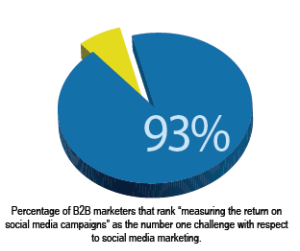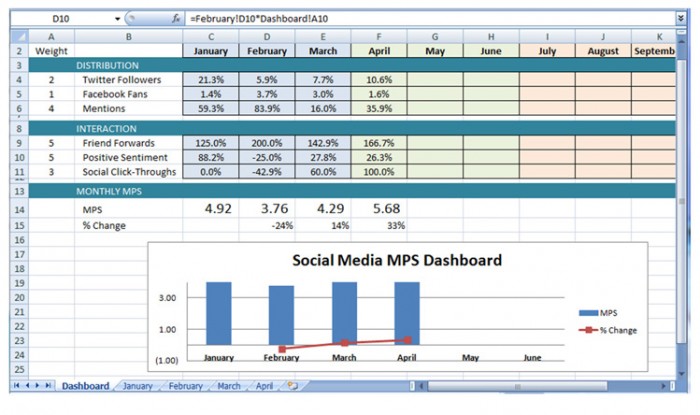 All marketers want to know where to focus their efforts to get the best return; your time and money are perishable commodities. You want to spend them wisely, and the C-suite wants to see the results.
All marketers want to know where to focus their efforts to get the best return; your time and money are perishable commodities. You want to spend them wisely, and the C-suite wants to see the results.
Measuring social media can be challenging. At its essence, it involves casual conversations and word-of-mouth, which are notoriously hard to quantify. However, it’s essential to find ways to apply and assess metrics. A Gleanster white paper, “Quantifying the Value of Social Media Engagement in B2B Marketing,” indicates that top performers are twice as likely as others to use social media for both inbound and outbound marketing. This means that if you want to excel, social media must be part of your strategy, and you need to measure it to improve.
B2B top performers use social media to syndicate thought leadership
B2C companies aim to reach as many people as possible; even someone with two dollars could be swayed to buy a Coke. B2C marketers understand that more exposure often means more value. To put it simply: They can set a starting point, run a social campaign, and compare results before and after to see how the campaign affected sales.
For B2B marketers, there are too many variables for that kind of approach to work. For one thing, in B2B people buy products and services from people as much as from companies. It’s a more complex relationship, far more personal than buying a beverage.
There are four categories the B2B marketer can use to measure return on social investment:
- Distribution. Look at which social channels are used to distribute messages. Track the number of followers, fans, and mentions.
- Interaction. How is your audience engaging with your content? Measure forwards, comments, and sentiment.
- Influence. To what degree have your social channels had an impact on perceptions and attitudes? Measure reach, Net Promoter Score, and credibility.
- Action. What actions did you target audience take? Can you measure sales and conversions?
The core metrics you use to measure performance should be grounded in corporate values. If it’s sales; you can focus on monitoring social channels for new opportunities and track their performance, but – be warned – that’s a very needle-in-the-haystack approach. Conversely, looking only at volume (followers, fans, likes, etc.) doesn’t really connect to successful outcomes.
Tracking social media with the Social Media Mean Performance Score dashboard
Gleanster has developed a dashboard called the Social Media Mean Performance Score to track and measure the success of social media engagement. It’s a simplified, benchmarkable view of social media performance over time. It’s easy to use, and creates a tool that can be used for presentation and discussion with upper management.
- Column A: Weight your metrics by value to the organization. Focus on just one or two high-value metrics.
- Column B: Pick which metrics to measure. Top performers use just two or three. Don’t over-complicate this.
- Columns C through K: Monthly data. It’s linked by a formula on the Dashboard.
Interested in learning more? Want to learn how to actually use the dashboard? Download the Gleanster white paper, “Quantifying the Value of Social Media Engagement in B2B Marketing” to get the full story.
